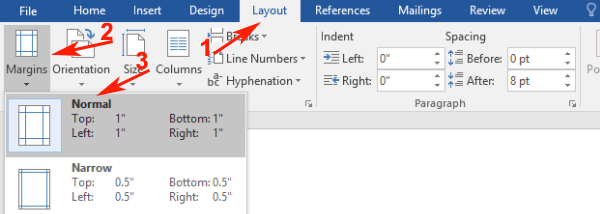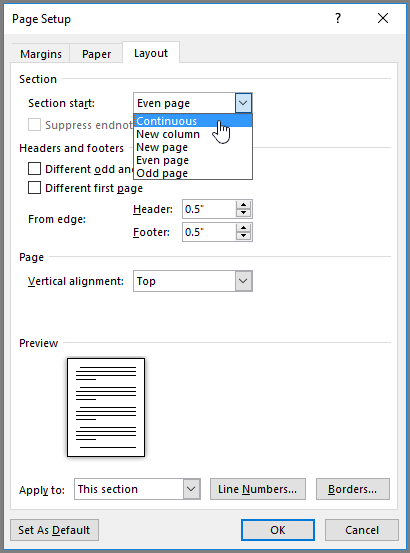
That's it the section between the two section breaks is formatted to use the number of columns you specified. Click the Apply to drop-down menu, choose.
Choose the option that indicates how many columns you desire. On the Margins tab, select either Portrait or Landscape from the Orientation section to rotate the page. Word displays a number of column options. Change the page orientation to landscape. This should now open up the ‘ Page Setup ‘ window. I have circled the icon in the image below. Click the Columns tool in the Page Setup group. To find the ‘ Page Setup ‘ window, go to the ‘Layout ‘ tab and click on the small square icon with an arrow in the corner of the ‘ Page Setup ‘ section.  Place the insertion point anywhere within the text that will appear in the columns. Repeat steps 2 through 4 to insert another continuous section break. Place the insertion point at the end of the text that will appear in the columns.
Place the insertion point anywhere within the text that will appear in the columns. Repeat steps 2 through 4 to insert another continuous section break. Place the insertion point at the end of the text that will appear in the columns. 
Word inserts a continuous section break in your document.
Place the insertion point at the beginning of the text that will appear in the columns. To accomplish this formatting challenge, you can follow these steps: 
You want the rest of the document to remain a single column. What if you already have a document and you want to format only part of it in columns? As an example, let's assume you have a five-page document, and you want to format the center part of page two as three columns. For some document layouts, columns can be used to present your information clearly and concisely.







 0 kommentar(er)
0 kommentar(er)
